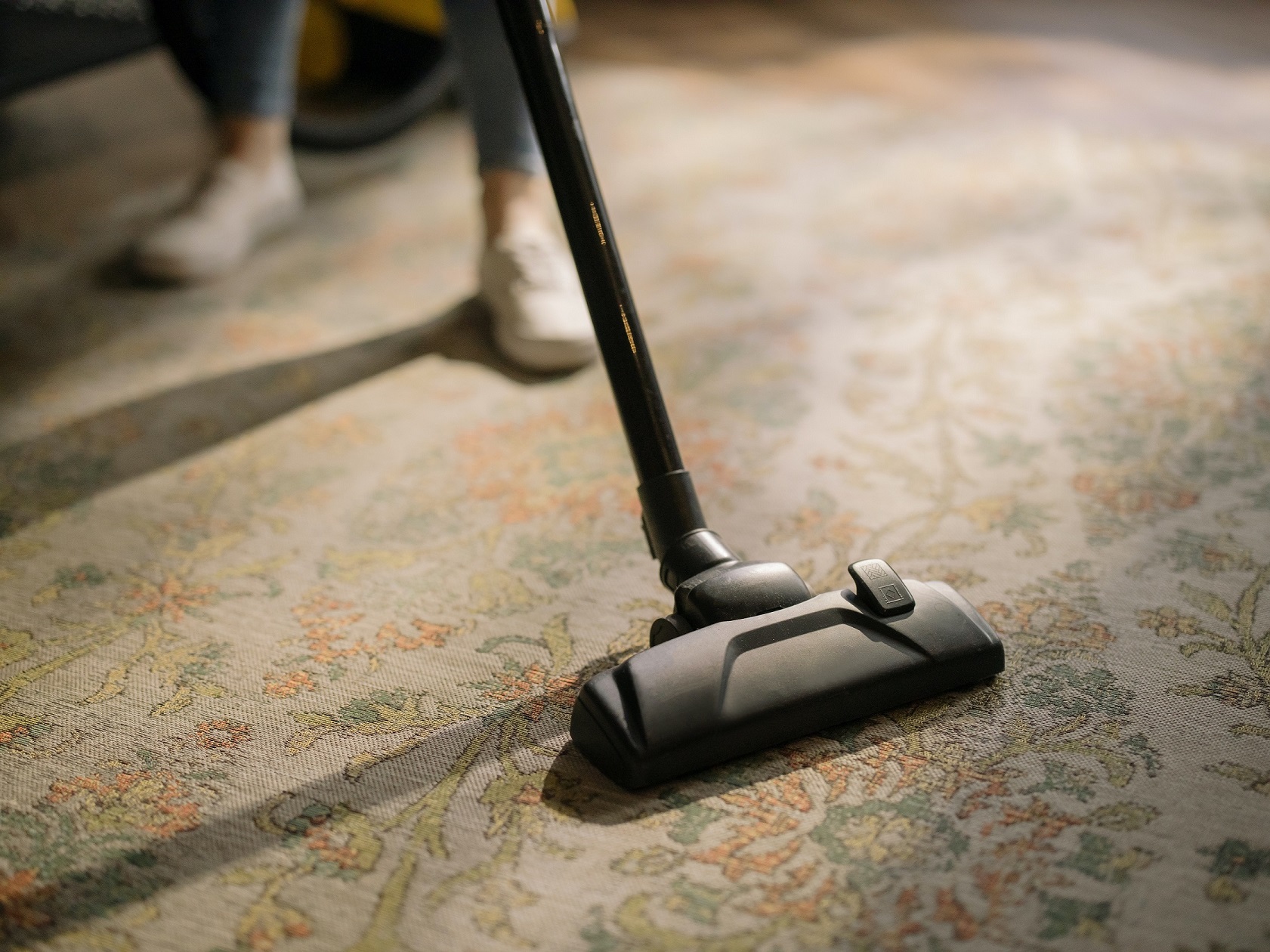
7 easy ways to improve indoor air quality
DRS, with sister company EFT, has partnered with a number of industry leading organisations and individuals and the British Standards Institution (BSI) to devise a new set of standards for the health and wellbeing of non-domestic buildings – something that is more important than ever.
They will eventually become a Publicly Available Specification (PAS), a set of standards anyone can follow. That is a long-term aim, which has the potential to improve the lives of millions. In the short term, however, there are some easy things you can do to improve indoor air quality.
Winter is already upon us, and indoor air quality tends to be worse during this season. This is because we tend to neglect ventilation by keeping windows closed and the heating on. As a result, there is often no flow of fresh air from the outside, meaning allergens and other pollutants and pathogens stay trapped inside – particularly worrying at present.
It’s also not as simple as just opening a door or window. If the outdoor air quality is poor – if you live or work in a city or next to a busy road – then you could actually be making the situation worse, so it’s important you give careful consideration to what you do to improve your indoor environment.
There are many hi-tech and innovative solutions to help improve indoor air quality and, here at DRS, we are able to advise and install the best options for your organisation.
That said, there are still some simple strategies you can employ to make a start at improving the air quality in your home or office, these include:
- Changing air filters
If you have a forced-air heating system, be certain to change the filters regularly. Electrostatic filters can help ensure that dust and other airborne irritants get trapped instead of being recirculated throughout your office or home. - Maintain your ducts
Regular cleaning and maintenance of air ducts should be undertaken to remove trapped dust and/or blockages – not to mention dangerous pathogens. - Thorough cleaning
Good indoor hygiene can greatly cut down on dust and mould. Thorough vacuuming of all carpets and rugs at least once or twice a week with a vacuum cleaner equipped with a HEPA filter. You could also opt for hard flooring instead of wall-to-wall carpeting, as this can also cut down on the accumulation or particulates in the building. - Clear away clutter
De-cluttering your office or home can help reduce airborne particles almost instantly because excessive clutter traps and holds the dust that can trigger breathing problems. Though in-door plants are often touted as helping to improve indoor air quality because they release oxygen – and this is true – they can also trigger allergies for many people. They can also collect and foster the growth of mould, so if you do love to have some greenery inside, make sure you look after it – clean dust from the leaves and don’t over water it. - Get an air purifier
Sometimes it is difficult to discover the source of the problem without professional help. It may even be the case that you know where the allergens originate but are unable or unwilling to remove them — for example, a family pet. In these cases, it may help to use an air purifier placed in the most commonly used areas of the building. You’re probably not going to be able to remove these allergens completely, but you can cut down on them, which may help the problem. - Correct air humidity
In damp areas, such as a basement or bathroom, it is a good idea to regularly dehumidify the air in order to help prevent the growth of mould. If mould does appear, make sure it is thoroughly cleaned off and consider using mould resistant paint in these areas. Research shows that the best relative humidity levels for human habitation are between 40 and 60%. So, air that is too dry may also create indoor air quality issues that will affect your health. - Allow more fresh air in
Even in the cold months, open windows from time to time to allow fresh air to move into the building. But like advised earlier, make sure that the air you are letting in is actually fresher and cleaner.
While it’s probably not possible to eliminate all harmful particulates inside the building using these simple strategies alone, you will reduce the quantity of them and your exposure to them, therefore, reducing their harmful and unpleasant effects.
Indoor air quality is one of the key reasons why DRS is working in partnership with a number of other industry leading organisations and individuals – and also with the British Standards Institution (BSI) and our sister company EFT – to come up with a new set of standards for the health and wellbeing of non-domestic buildings.
This Publicly Available Specification (PAS) will create a set of standards for healthier buildings with the aim of improving the health and wellbeing of its occupants. It will direct how design, installation, operation, maintenance and ongoing monitoring, measuring and reporting can influence factors such as those outlined previously, and it will determine benchmarking parameters to develop a Wellbeing Performance Rating that could be applied to any building.
If you want to find out more about how poor indoor air quality can impact your health and what you can do to improve it, call Mark Phillips on 07534 321002 or email markphillips@drsfmservices.co.uk
If you want to find out more about the new Publicly Available Specification (PAS 3003) and would like to get involved and contribute to its development, contact us at info@eftconsult.co.uk
Mark Phillips
Mark Phillips is managing director at DRS, which is part of the RD Group – an innovative, high quality, multi-faceted group of companies providing full building services solutions.
He has over 40 years’ experience in the industry and has held several operational managerial and directorial positions with some of the UK’s largest firms since beginning his career as an electrical apprentice.
The role that he holds with DRS has made use of his expertise in: business planning; commercial and financial responsibility; HR; technical reviews; new products and processes, including Indoor environmental quality; building sensor technology; controlled environment agriculture; and resource to energy.
During his extensive career, Mark has been instrumental in the successful development of several business ventures, leading transformational change at project, programme and organisational levels.

